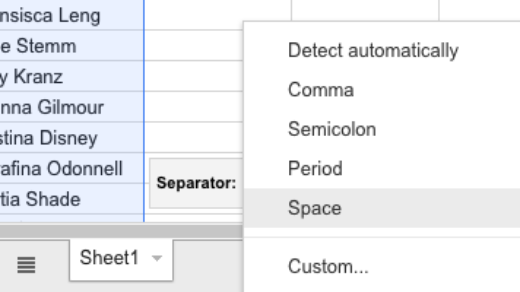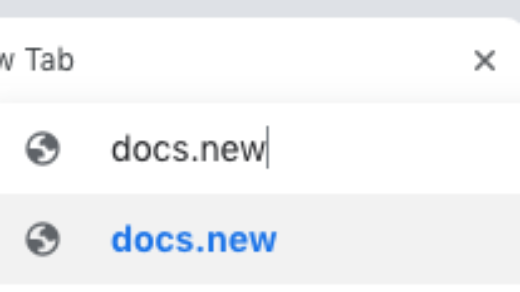This week’s tip builds on a previous one that Kristie Hughes did on Pixel Art. I highly recommend that you read Kristie’s tip when you get a chance, but the TL:DR version is this: You can use conditional formatting in Google Sheets to color cells to make pictures. This is called pixel art, and it used to be done manually using graph paper. Here’s an example of a Mario character that is done as pixel art:

I have been helping the second grade classes at Montpelier Elementary School to learn more about using Google. Since the holidays are coming up, I wanted my last class before Christmas break to be a fun and engaging one (teachers, you know all too well how the kiddos can be right before a break!). So I decided to combine pixel art with math facts and it was an awesome activity!
I modified Kristie’s pixel art template to make a 20×20 cell drawing area. Instead of just giving students the numbers corresponding to the color, I added some addition and subtraction problems that the students needed to solve before they could get the key.
Here’s what the sheet looked like:

Notice that I added a spot for the student’s name, and the math problems at the left. When they answered each problem, if they got it correct, the answer would turn a particular color. If they got it wrong, it would just remain white (as it did in the second problem). Once the students got all the problems correct, they could begin doing their art.
Because of the conditional formatting that I chose, when the student puts a number in a box, that box turns a color (depending on the number). Here’s what it looks like in action:

I gave them no rules as to what they could create. And I got a variety of awesome artwork.
Like this pumpkin…

And this OSU logo…

Some kids went the holiday route. Like this Santa…

And this really cool Rudolph…

One little girl wanted to make the heart that was on her shirt. And she did…

Look at the joy on her face! I love that.
About 25 minutes into this, I brought up a Google search for “pixel art” to show the kids what other things were possible. I had some kids try to replicate those designs (like the Mario above) to practice following a pattern. Be careful when you do that search… I had a few questionable images pop up.
The cool thing about this is that it really engaged everyone. Normally, when I do technology lessons for littles, there are always a couple of kids who aren’t particularly engaged, or they find it difficult. This lesson was perfect for those kids because it was their own creation. This also allowed the kids who might not be at a high academic level to shine with a more creative task.
If you’d like to replicate this process, I’ve included a link to my template below. Note that there are five total tabs where students can do their art. Tabs 2-5 pull in the name and the math problems and answers so that kids don’t have to work the problems on each sheet. You could put different problems on each sheet to extend the learning. Just make sure that if you do different problems, you change the conditional formatting to match your answers, otherwise, it won’t work. Kristie’s previous tip shows you how.
Link to my template
I hope that this tip will help give you an idea of a fun project that you can do with your students. Feel free to reach out and let me know how things go.




How can you prevent kids from typing the problem (like =1+7) into the answer box and negating the purpose of the kids doing the math?